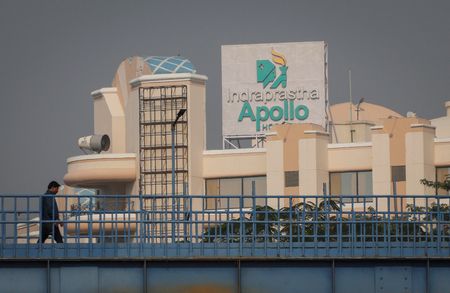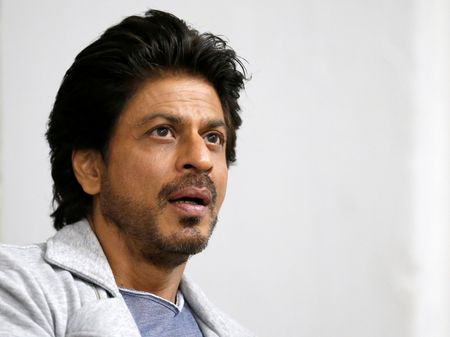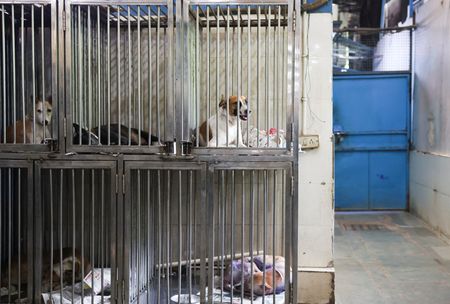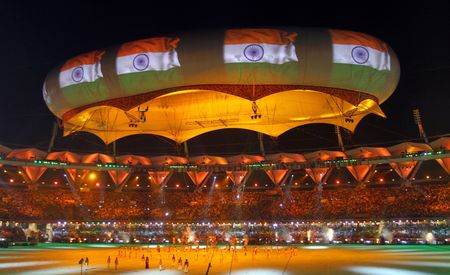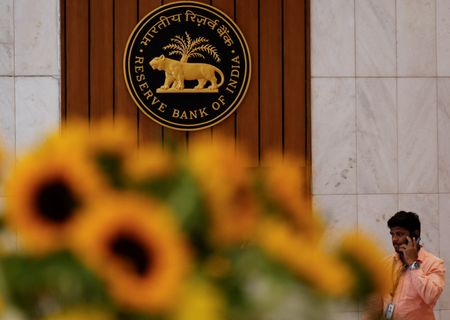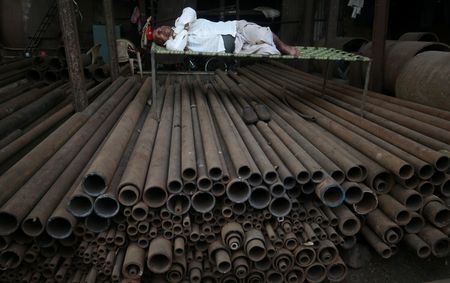By Rishika Sadam
HYDERABAD (Reuters) -India’s Apollo Hospitals Enterprise plans to double its investment in artificial intelligence capabilities over the next two to three years, its CEO said, after the company beat first-quarter profit estimates on higher patient volume.
The hospital chain already uses AI tools in diagnosis to read X-rays, scan reports and also in endoscopy – a medical procedure to examine the inside of the body using a camera, CEO Madhu Sasidhar told Reuters on Tuesday.
Many large private hospital chains in India, like their western counterparts, are investing in AI capabilities to improve patient diagnosis and decisions related to medical procedures, among others uses.
Apollo recently developed technology to read existing scan reports and predict the risk of liver fibrosis in the future, Sasidhar said.
“We are also bringing some other new generation agentic AI-type tools,” he said.
He did not quantify the size of Apollo’s existing investment in AI.
Apollo, headquartered in the south Indian city of Chennai, partnered with Microsoft earlier this year to develop AI-based tools to be used in healthcare. Some of them are in early stages of testing, Sasidhar said.
Indian hospital chains such as Apollo and Manipal have also been increasing their bed count for a larger share of the market, including through acquisitions of smaller hospital operators.
Apollo said it is on track to add 4,370 beds over the next 3-4 years through acquisition, new hospitals and expansion of existing facilities. Its overall bed capacity is currently more than 10,000.
The company’s consolidated net profit rose 41.8% to 4.33 billion rupees ($49.40 million) for April-June, beating estimates of 3.86 billion rupees, according to data compiled by LSEG.
While its overall occupancy rate dipped from last year, in-patient volume grew 3% and average revenue per in-patient increased by 9%, according to Apollo.
Quarterly total revenue rose 15% to 58.42 billion rupees, beating estimates of 57.44 billion rupees.
The company said it expects double-digit revenue growth for the current financial year.
($1 = 87.6520 Indian rupees)
(Reporting by Rishika Sadam; Editing by Leroy Leo)

